 |
| Authorities check fishing vessel positioning equipment in Hai Hau district. |
To improve the effectiveness of management activities, the Department of Fisheries and Fisheries Surveillance focuses on applying digital technology in the management and supervision of aquaculture and fisheries management activities, to ensure transparency, speed, efficiency, and accuracy... Through the online public service portal system, the reception and processing of administrative procedure records in the fisheries sector and the return of results are carried out in accordance with regulations, contributing to saving time and travel costs for people, while creating a favorable environment for data management, statistics, reporting as well as consulting work. In addition, the Department also established a communication system, internal connection and connecting people through the social network application zalo with groups by topic (aquaculture, aquatic seed production, fisheries management...) to promptly share professional, technical, market, weather information... in aquaculture and fisheries management. These groups not only become effective bridges connecting management agencies with businesses and people, but also help improve the ability to forecast output, increase production, exploitation and processing efficiency; and reduce risks from natural disasters and epidemics.
In aquaculture, since the beginning of the year, aquaculture households have focused on repairing and renovating ponds and releasing new breeds. Up to now, aquaculture areas have released 93% of the planned area. Many households have paid attention to investing in infrastructure, focusing on implementing all steps in the farming process and boldly experimenting with new techniques. The farming form has also gradually shifted from small-scale farming to concentrated farming, intensive farming, semi-intensive farming applying national standards on aquaculture, good farming practices to help improve the quality and value of aquatic products. The farming objects are increasingly diverse with traditional fish species such as grass carp, bighead carp, common carp... and farming objects with high economic value such as red tilapia, snakehead fish, catfish, frogs, loach... A bright spot in the process of digitizing aquaculture is that the Department of Fisheries and Fisheries Control has connected and supported many high-tech white-leg shrimp farming facilities to cooperate with manufacturers to pilot the installation of automatic environmental monitoring devices instead of manual measurement with handheld devices (meters, test strips). This system helps farmers monitor environmental indicators such as temperature, pH, salinity... in the pond accurately and continuously, limiting risks and improving disease prevention efficiency. The collected data is automatically updated continuously through specialized management software, helping pond owners detect problems early, thereby making timely and accurate decisions, minimizing damage due to environmental fluctuations.
In addition, the Department of Fisheries and Fisheries Surveillance has strengthened online training and technical support. Through training courses and propaganda sessions, farmers have access to modern aquaculture management methods and techniques, using new technology and applying digital tools in production management. Currently, many households use integrated software to comprehensively manage the production process from seed management, care, use of feed, biological products, medicine to harvesting and connecting to consumption. Thereby, farmers can control costs, profits, manage information on the care history and health of aquatic products towards digitizing production records to automatically update data on administrative management systems according to regulations, especially for aquatic breeding facilities. This is an important premise to make the process transparent, serve the traceability of farmed aquatic products, and meet market requirements, especially export markets.
In the field of KTTS, the digital transformation process has also recorded many important steps forward. Nam Dinh fishermen are increasingly bold in applying modern equipment in exploiting and catching seafood. Some offshore fishing vessels also use advanced exploitation support equipment such as GPS satellite positioning systems, voyage monitoring devices, fish finders, 4-shaft net devices, LED lighting, etc. Many ship owners are also actively applying digital technology in the fishing process to improve efficiency. In addition, the process of implementing electronic traceability of exploited seafood (eCDT) in the province is being implemented. Although initially there were still difficulties and obstacles such as many people not using smartphones, the level and access to new technology was slow and not ready, however, with the drastic participation of functional agencies such as the Department of Fisheries and Fisheries Control of the province, Nam Dinh Fishing Port Management Board in organizing propaganda, guidance and investment in equipping machines using compatible operating systems at fishing ports to support people and businesses, the implementation of electronic traceability of exploited aquatic products in the province is being carried out synchronously and effectively... From the beginning of 2024 to now, nearly 8,400 ships have completed eCDT declaration procedures.
In addition, the provincial authorities are also implementing digital transformation in seafood supply chain management through intermediary information channels and social networking application systems. Here, facilities provide necessary information on production capacity, products, time and supply capacity so that those in need can easily access information and quickly find the right source of products according to their needs. This model not only saves intermediary costs but also increases consumption efficiency, contributing to market stability.
With the right orientation, the support of functional sectors and the proactive and creative spirit of the people, the local fisheries sector is transforming strongly in applying digitalization, towards the goal of "smart agriculture", creating a modern and effective marine economy. Not only creating positive changes in management methods, production organization, market connection, improving productivity and product value, digital transformation is also a core solution to protect the ecological environment, adapt to climate change, ensure social security for sustainable development of the fisheries sector in the digital age.
Article and photos: Ngoc Anh
Source: https://baonamdinh.vn/kinh-te/202506/day-manh-so-hoa-trong-quan-ly-nuoi-trong-va-khai-thac-thuy-san-a9d18c6/


![[Photo] General Secretary To Lam receives Australian Ambassador to Vietnam Gillian Bird](https://vphoto.vietnam.vn/thumb/1200x675/vietnam/resource/IMAGE/2025/6/26/ce86495a92b4465181604bfb79f257de)

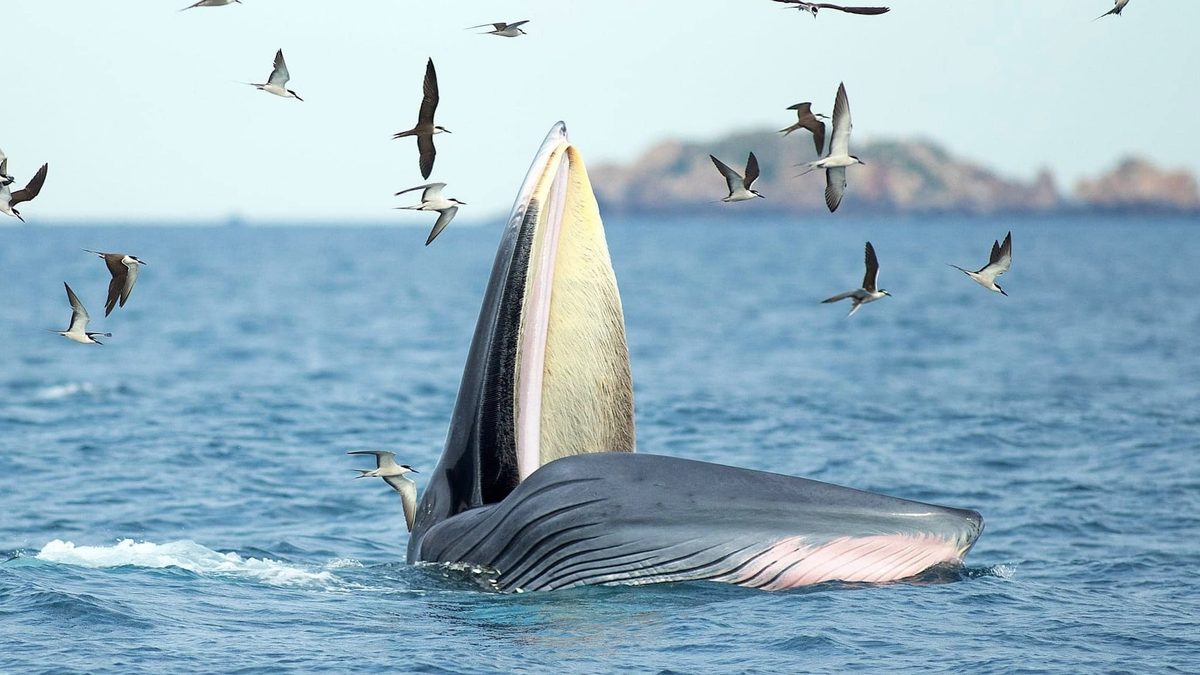

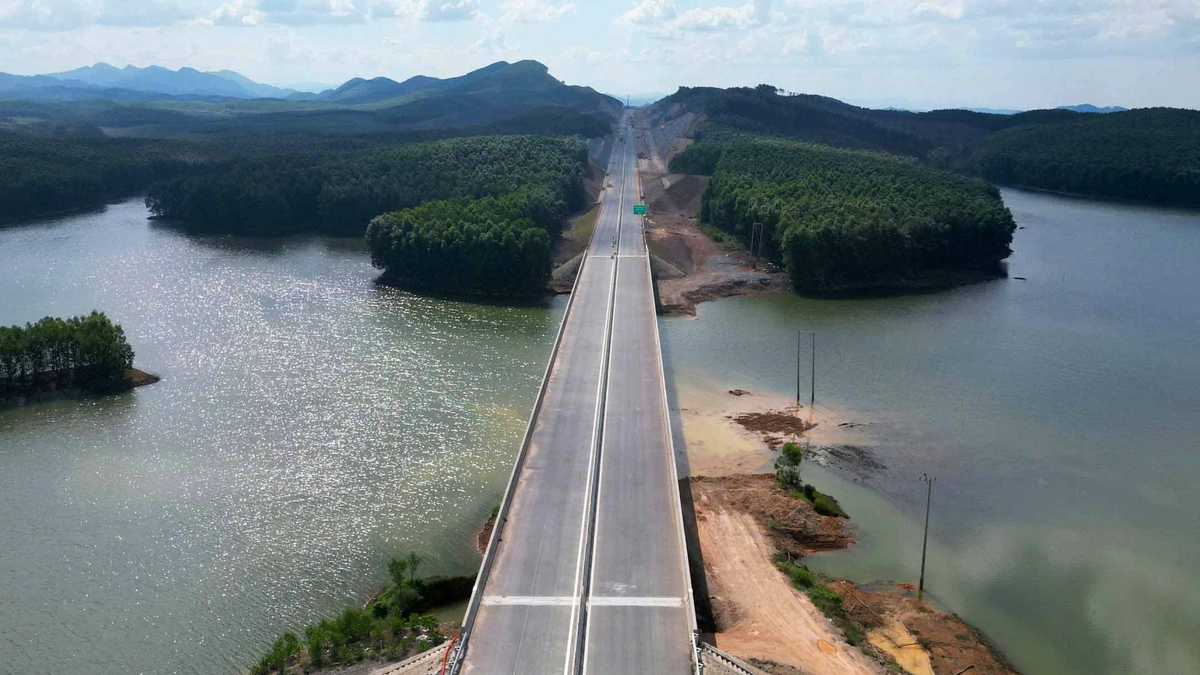





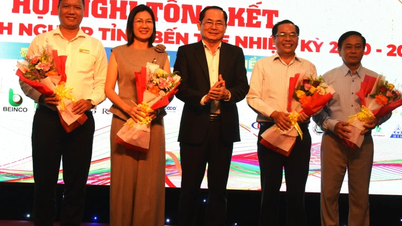

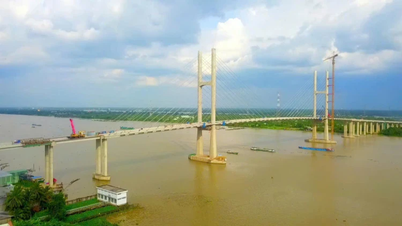
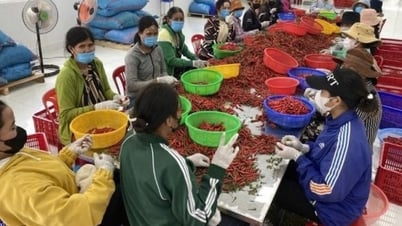







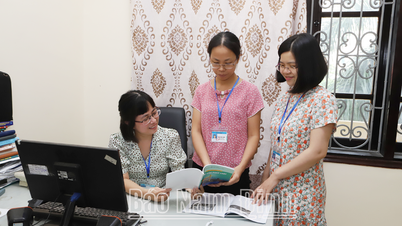
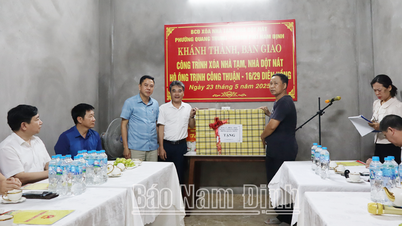
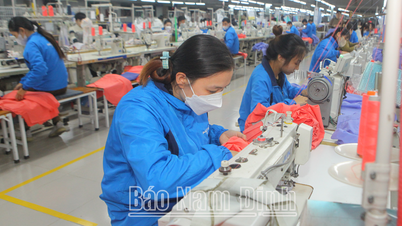
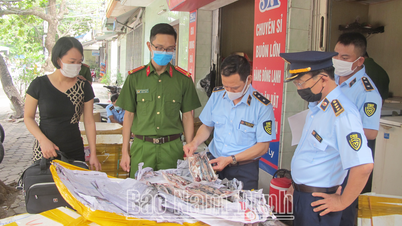
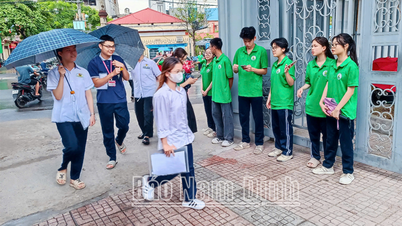
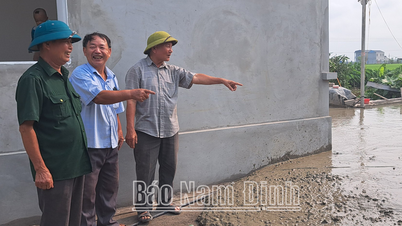

![[Photo] Candidates take the first graduation exam with the new Literature topic](https://vphoto.vietnam.vn/thumb/1200x675/vietnam/resource/IMAGE/2025/6/26/dfded9e317554c25a3e26defe672ebb7)












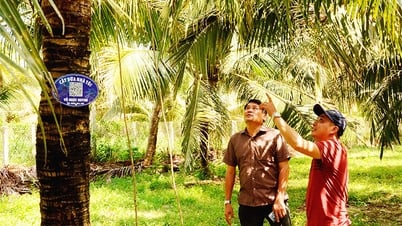



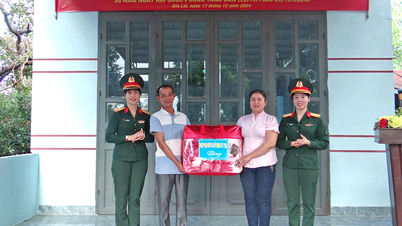










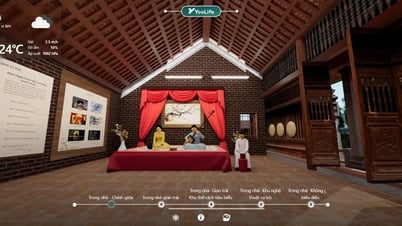

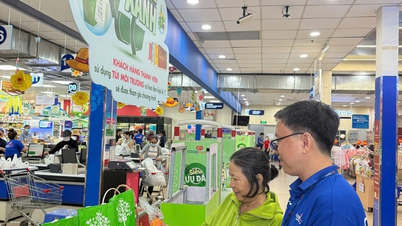


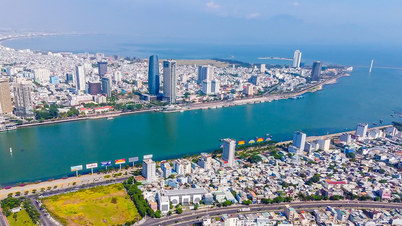







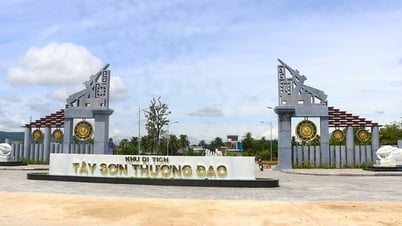
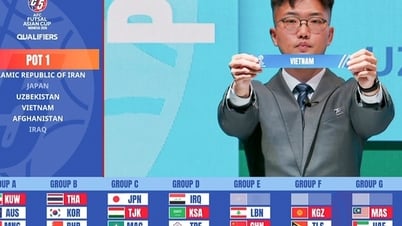

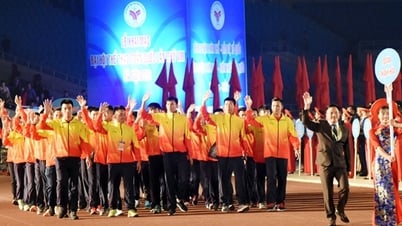
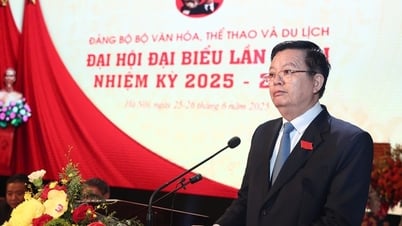
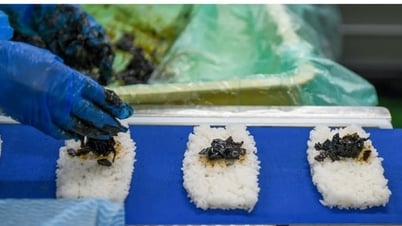
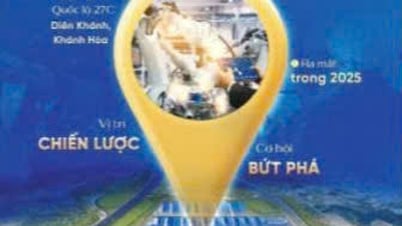



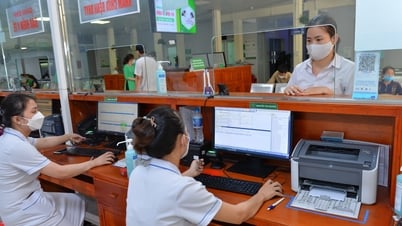












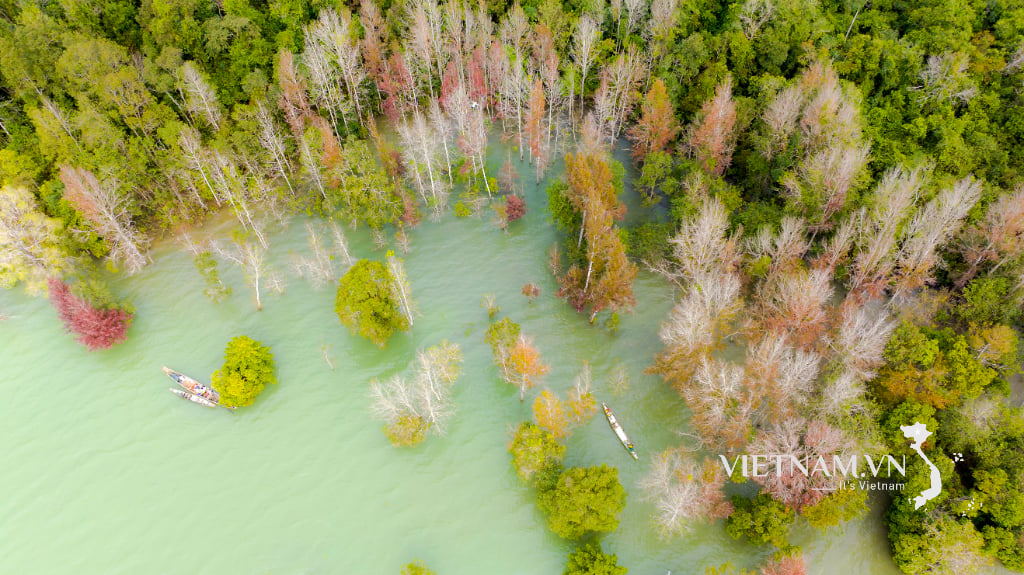


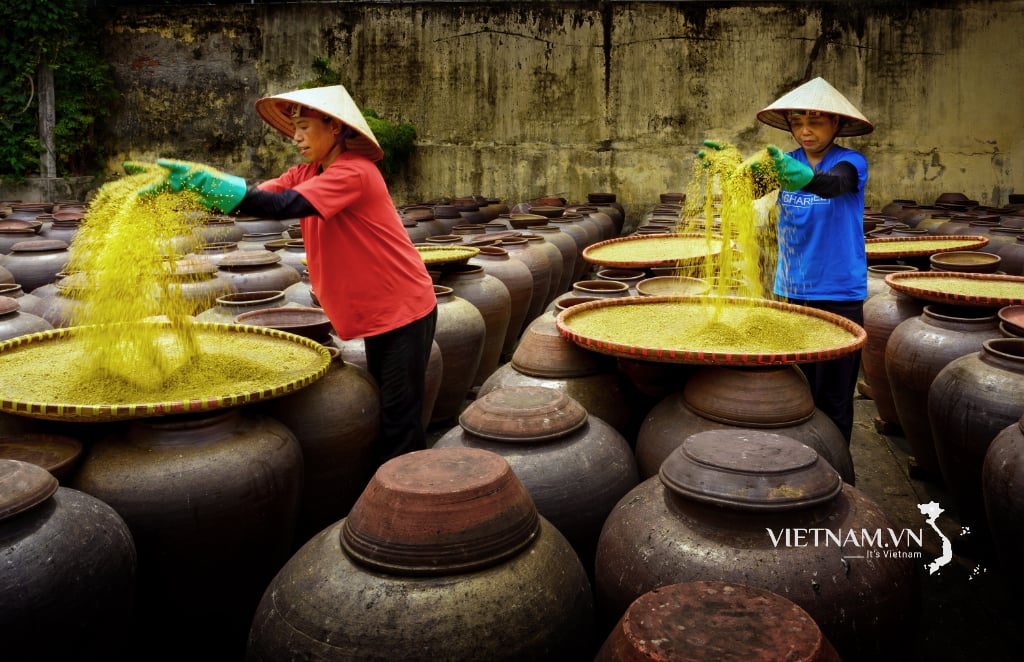
Comment (0)